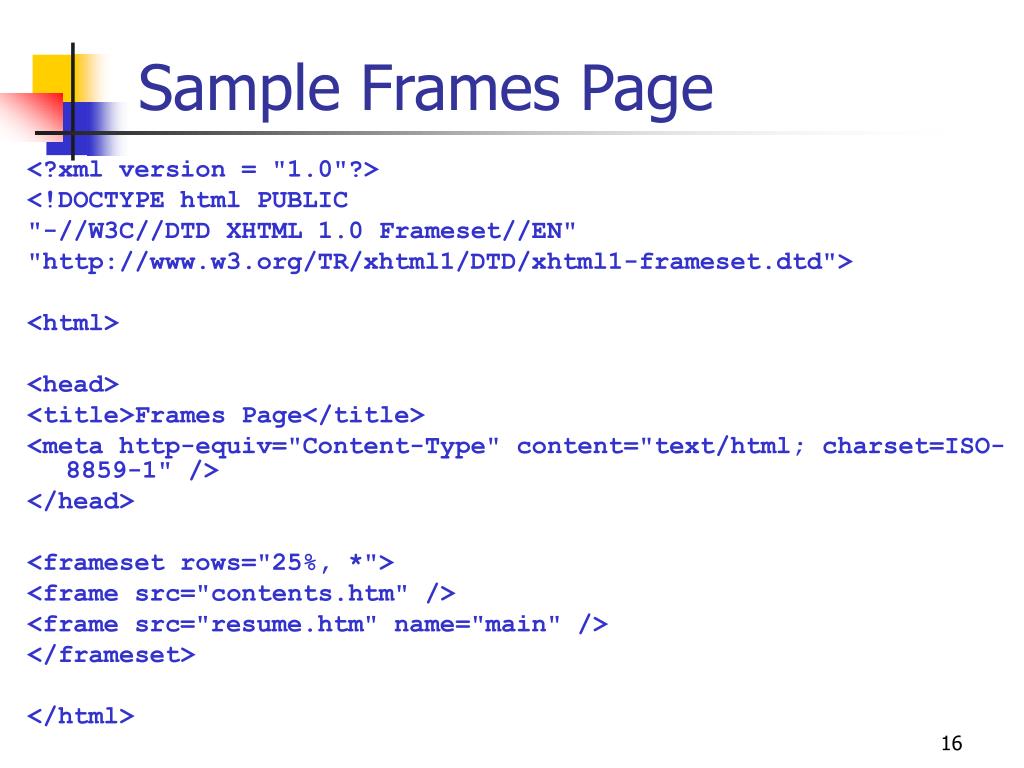

We’ve chosen the latter approach as it is the most widely used on the Web today. Most Web developers interested in strict XHTML conformance use linked scripts developers only interested in HTML (or not interested in standards at all) generally use the traditional comment-masking approach. It generally causes the browser to ignore the script entirely or throw errors, so authors have the option of using linked scripts or traditional comment blocks, or simply ignoring the problem of down-level browsers. This approach does not work in any but the strictest XML-enforcing browsers. According to the strict XHTML specification, you are supposed to hide the contents of the script from the XHTML-enforcing browser using the following technique: Given that XHTML is an XML-based language, many of the characters found in JavaScript, such as > or &, have special meaning, so there could be trouble with the previous approach. While the comment mask is very common on the Web, it is actually not the appropriate way to do it in strict XHTML. The reason for this is that the characters – and > have special meaning within JavaScript. This masking technique is similar to the method used to hide CSS markup, except that the final line must include a JavaScript comment to mask out the HTML close comment.
#XHTML SAMPLE PAGE CODE#
Inclusion of this statement within the element of a document would alleviate any requirement of putting the type attribute on each element.įigure 1-3: JavaScript code may print on the screen if not masked. Following the standard, using the type attribute is the best bet unless you have a specific reason to use the non-standard language attribute.īesides using the type attribute for, according to HTML specifications you could also specify the script language in use document-wide via the element, as in. Second, the page will not validate as conforming to the XHTML standard because, as we’ve said, the language attribute is non-standard. First off, your browser will likely respect the type attribute over language so you will lose any of the latter attribute. Unfortunately, this doesn’t work well in some cases. To harness the usefulness of the language attribute while respecting the standards of the element, you might consider using both: This technique will be discussed in Chapter 22 and illustrated throughout the book. Practically speaking, the type attribute is not as common in markup as the language attribute, which has some other useful characteristics, particularly to conditionally set code depending on the version of JavaScript supported by the browser. The W3C Web site is and is the canonical place to look for Web standards information.

The “W3C” is the World Wide Web Consortium, the international body responsible for standardizing Web-related technologies such as HTML, XML, and CSS.

JavaScript’s MIME type is generally agreed upon to be "text/javascript", so you use Instead the type attribute should be set to indicate the MIME type of the language in use. A simple typo in the value will usually cause the browser to ignore any content within.Īccording to the W3C HTML syntax, however, the language attribute should not be used. A browser should ignore the contents of the element when it does not understand the value of its language attribute.īe very careful setting the language attribute for. Would be used to indicate VBScript is in use. Is used to indicate the enclosed content is to be interpreted as JavaScript. Traditionally, the way to indicate the scripting language in use is to specify the language attribute for the tag. However, it is possible for the browser to support other scripting languages such as VBScript, which is supported by the Internet Explorer family of browsers. A script-aware browser assumes that all text within the tag is to be interpreted as some form of scripting language by default this is generally JavaScript. The primary method to include JavaScript within HTML or XHTML is the element.


 0 kommentar(er)
0 kommentar(er)
